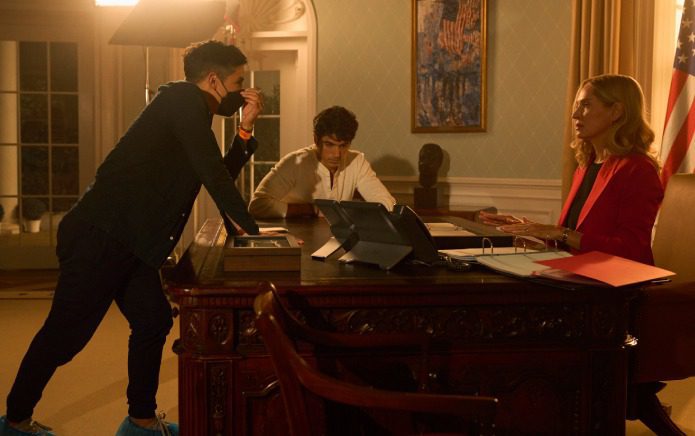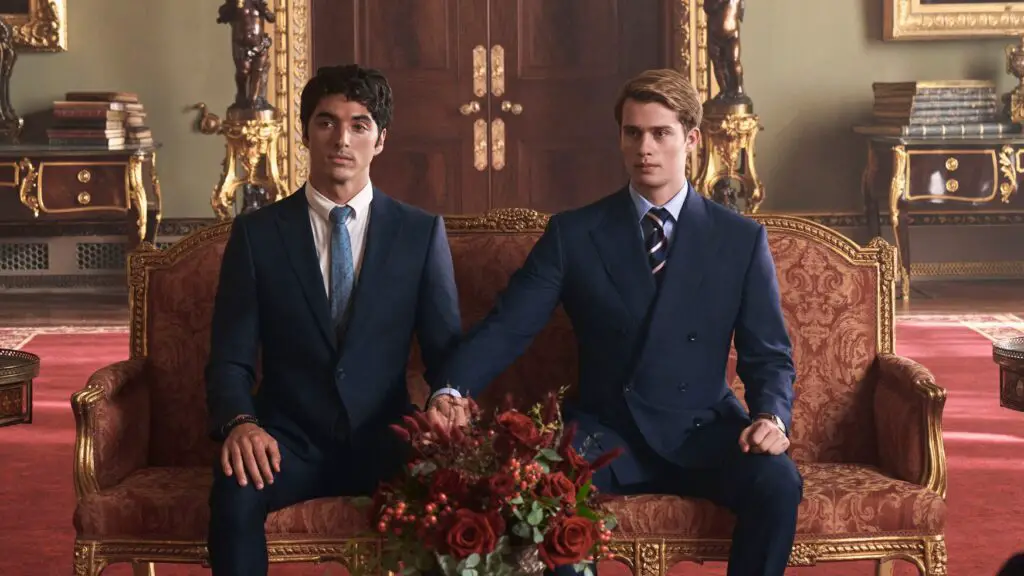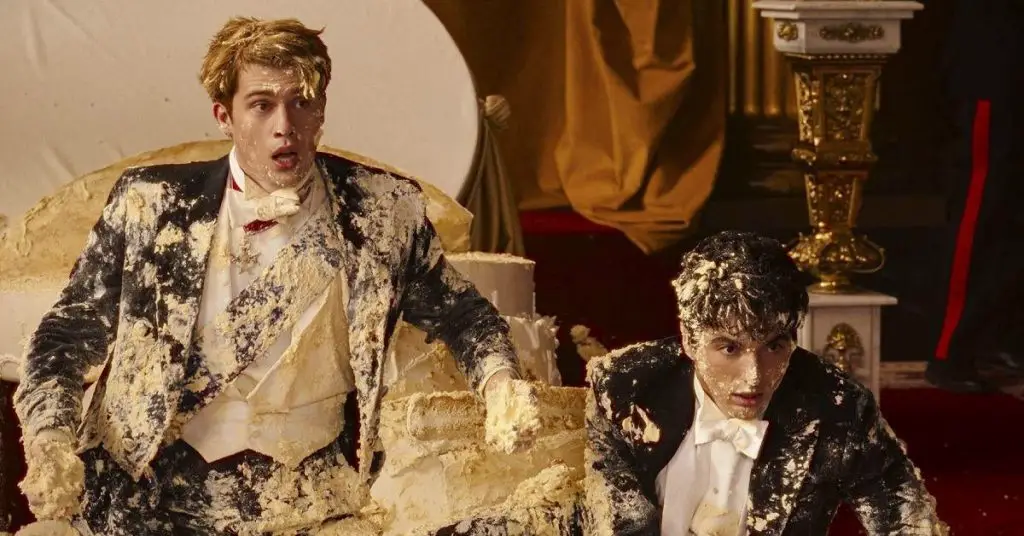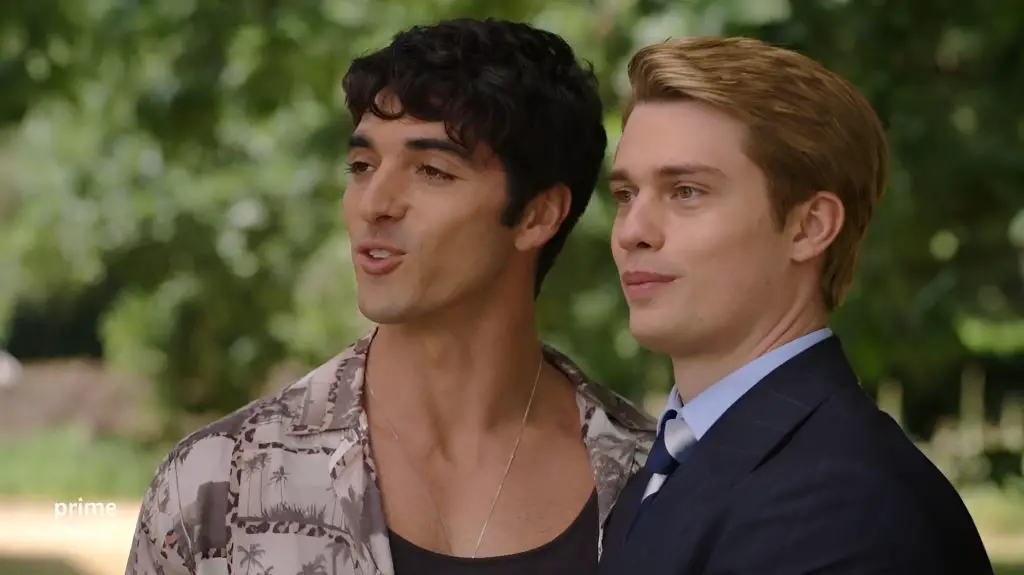In the cinematic world, where book-to-film adaptations are recurrent, “Red, White, & Royal Blue” is the latest entrant, premiering on Prime Video on August 11. Adapted from the critically acclaimed 2019 novel by Casey McQuiston, the film is a resounding shoutout to love, with Taylor Zakhar Perez as Alex Claremont-Diaz and Nicholas Galitzine portraying Prince Henry.
Director and co-writer Matthew Lopez, in a recent interview, shed light on the significant alterations made, underlining the profound necessity for these changes to enhance the film’s narrative and visual appeal.
Navigating the Changes: From the Pages to the Screen
The director’s revelations offer an extensive view of the film’s deviation from the novel. Among the notable changes were the omission of Alex’s sister June, a marital unity for Alex’s parents contrary to their divorced status in the book, and the exchange of Henry’s grandmother with a grandfather. For Lopez, the decisions culminated in clarity, centered on the focal mission of churning out a commendable movie rather than merely mirroring the book’s narrative.
Lopez states, “Anything that wasn’t about Alex and Henry didn’t belong in the film. Anything that didn’t feed into that story had to go.” The relentless endeavor to keep Alex and Henry at the narrative forefront led to their persistent screen presence, which barely drops below 20 seconds in the film’s entire duration.
Director’s Insight: The Commitment to Cinematic Excellence

Despite the transitions and adjustments, Lopez’s dedication to ensuring a seamless and compelling movie experience shines through. His approach reflects a meticulous emphasis on movie storytelling logic, keen on keeping the audience engrossed while still aligning with the primary love story between Alex and Henry.
Why the Shift: Unveiling the Reasons Behind the Changes
Multiple factors contributed to the alterations in the movie version of “Red, White, & Royal Blue.” An exemplar is the shift of Henry’s grandparent from a Queen to a King, possibly a deliberate casting choice for the openly gay actor Stephen Fry or a thoughtful nod to the delicate health of Queen Elizabeth II, who demised a month post-production.
Understanding the Adjustments: Focusing on the Essential Love Story

Such changes, though seemingly superficial, resonate with the film’s strategy to accentuate the Alex-Henry love affair, allowing their romance to beam amidst the cinematic elements, staying true to the book’s central theme. Even with the adaptational shifts, the narrative remains unwavering in maintaining the story’s core essence.
Unfurling the Visual Narrative: Keeping the Romantic Tension Alive
Despite a significant reduction from a 400-page novel and a 12-hour audiobook to a two-hour film, “Red, White, & Royal Blue” staunchly retains the elemental romantic tension between Alex and Henry, ensuring the adaptation does justice to the original narrative.
In Conclusion: Adapting While Retaining the Essence

In essence, the film adaptation of “Red, White, & Royal Blue,” despite its adaptational liberties and changes, stands as a testament to the universal theme of love and the compelling narrative of Alex and Henry’s relationship. The modifications serve the visual medium, emphasizing the romance, while ensuring an engaging cinematic experience for the audience. The underlying love story, replete with romantic tension, remains vibrant, making the film a commendable adaptation that has rightfully earned its critical acclaim.
This adaptational journey, explained by the director, emphasizes the commitment to both cinematic excellence and narrative fidelity, ensuring that even amidst the changes, the soul of “Red, White, & Royal Blue” continues to captivate and charm its audience.


